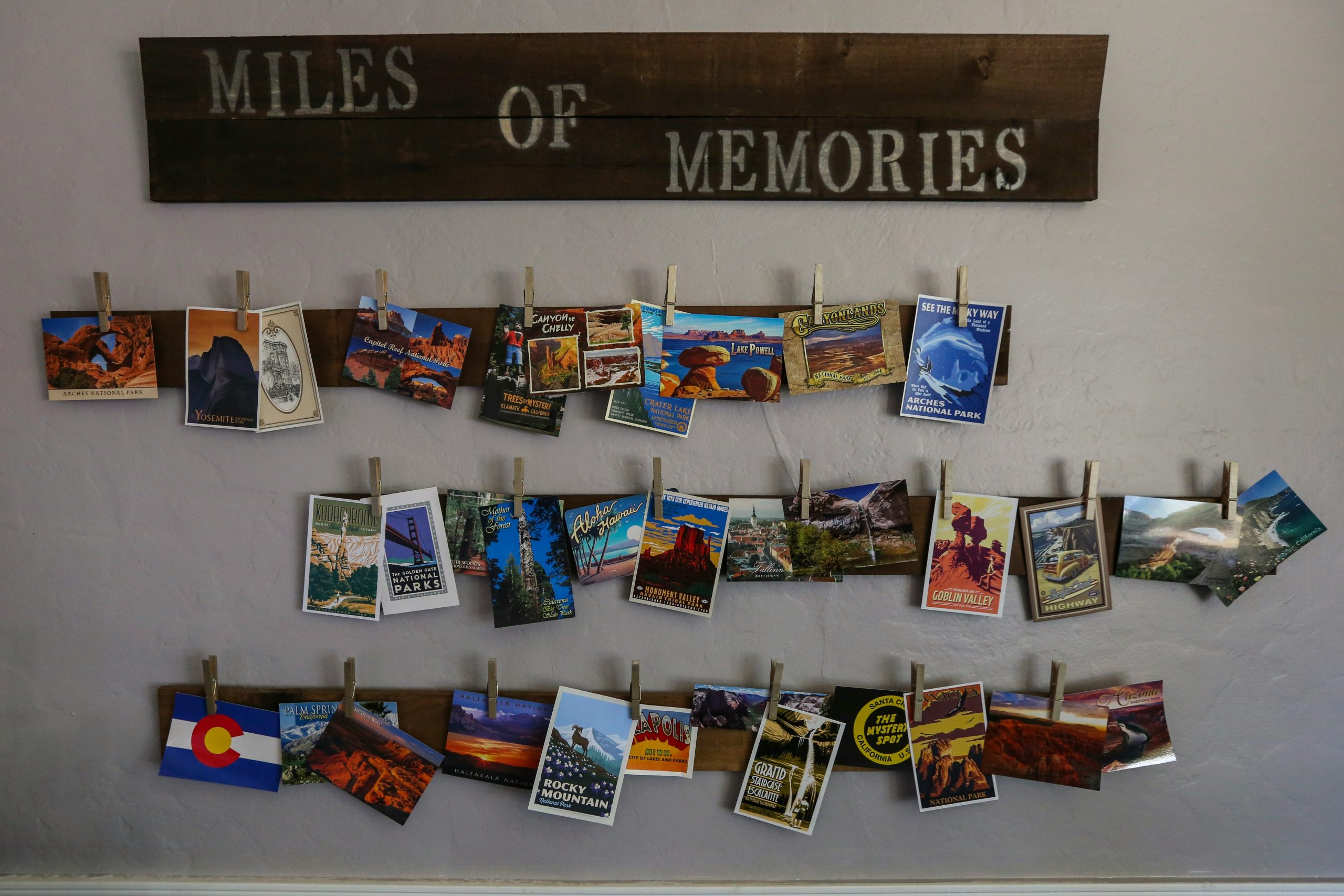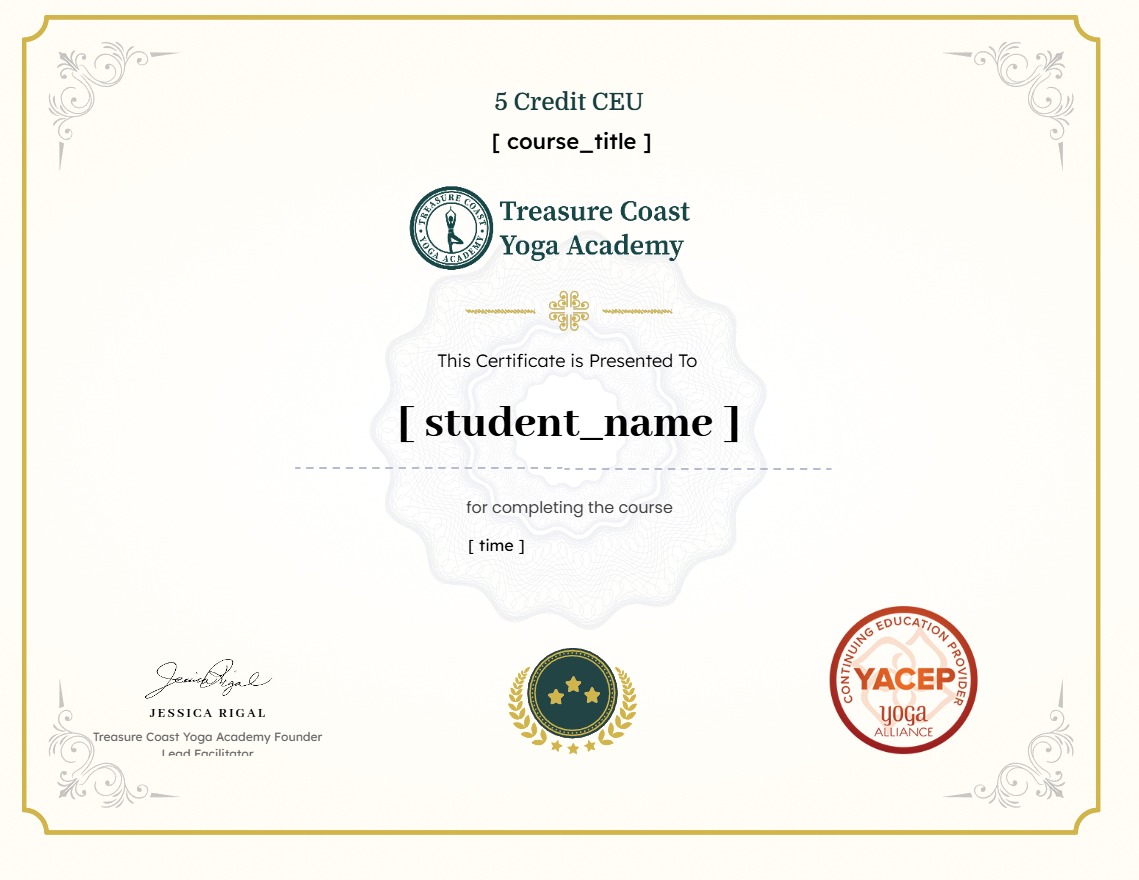
About Course
This 5-credit CEU course integrates neuroscience, yoga, mindfulness, and expressive arts to explore memory and its connection to well-being. Participants will learn to create Memory Maps—visual tools that externalize memories through drawing, writing, and reflection. The course provides educational foundations, practical exercises, journal prompts, and scripts for guided meditation. Upon completion of the modules, students will attend a 2-hour live Zoom session with the instructor to review their maps, share reflections, and integrate learning.
Final Integration: Live Zoom Session
After completing all 5 modules, participants will join a 2-hour live Zoom session with the instructor. In this session, students will share their memory maps, review their journal prompts, and integrate the learning through guided discussion and reflection. This personal interaction ensures that each participant feels supported and confident in applying the practice of memory mapping in daily life.
Course Content
Module 1: Memory and the Nervous System
-
Lesson 1: Types of Memory and How They are Stored
-
Lesson 2: Stress, Trauma, and Memory Blocks
-
Lesson 3: The Parasympathetic Nervous System and Memory Retrieval
-
Lesson 4: Breathwork Practice — 4-7-8 Breathing and Coherent Breathing
-
Journal Prompt 1: Recall a time when stress made it difficult for you to remember something.
-
Journal Prompt 2: How did it feel in your body?
-
Journal Prompt 3: What practices or conditions help you remember more clearly?
-
Journal Prompt 4: When do you feel most mentally clear and why?
-
Journal Prompt 5: Think of a time when you felt completely safe and relaxed. Where were you? Who was with you? What do you remember noticing in your body, your breath, and your surroundings? Could you write down the details and reflect on how your sense of calm influenced your ability to remember the experience?
Module 2: The Practice of Memory Mapping
Module 3: Mindfulness and Memory Recall
Module 4: Memory & Storytelling as Healing
Module 5: Integration & Application
Earn a certificate
Add this certificate to your resume to demonstrate your skills.

Student Ratings & Reviews
